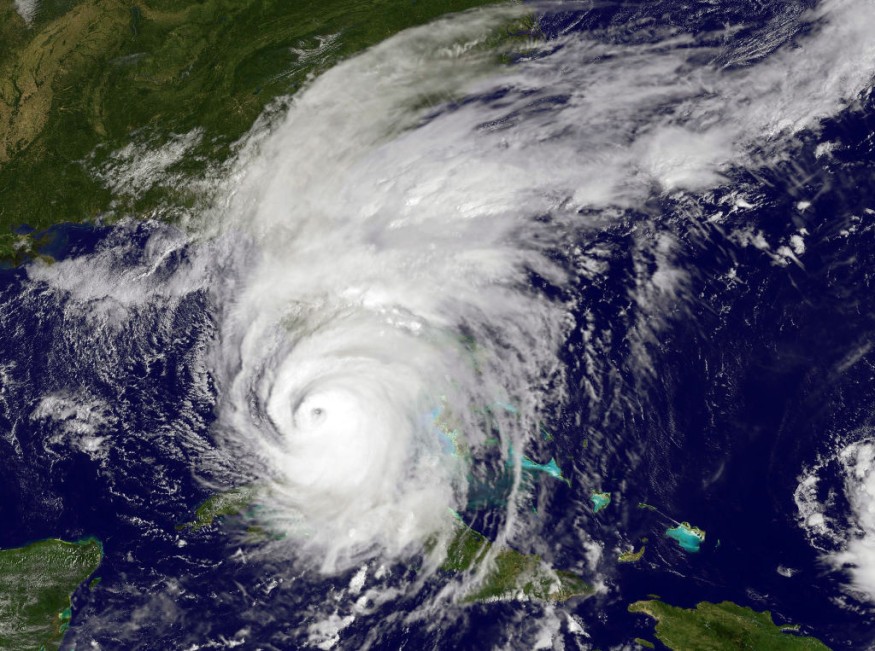Tropical Storm Earl has intensified into a hurricane on Tuesday evening, September 6, becoming the second hurricane of the 2022 Atlantic season.
In recent days, Hurricane Earl has been hovering in an area between the Caribbean Sea and the North Atlantic Ocean, where a former tropical storm named Danielle also reached a hurricane status and becomes the season's first hurricane.
Initially forecasted to hit Florida and the wider United States Gulf Coast, Earl is making an impact in Bermuda, where a tropical storm watch remains.
US weather authorities projected that the storm system will continue to move in a northeastward pattern.
The trajectory will be away from any landmass in the continental US and its surrounding Caribbean countries later this week.
Earl was designated to be the fifth named storm of the Atlantic hurricane season last Friday, September 2, after it formed 185 miles east of the Leeward Islands.
Since then, weather warnings for strong winds have been issued across the region.
On the other side, Hurricane Kay is also navigating the East Pacific basin, off the West Mexico coast.
The Pacific storm was forecasted to hit the Southwest US.
The hurricane formations come after a relatively quiet August befall the US and nearby territories.
The latest developments also confirmed previous forecasts of US meteorologists that the current Atlantic season could be above-normal.
Last year, hundreds of people have died from hurricanes and other weather-related incidents across the US.
Hurricane Earl

The National Hurricane Center (NHC) on Tuesday announced Tropical Storm Earl strengthened into a hurricane with a dangerous tropical and hurricane wind speed of 80 miles per hour.
Moving at 6 mph, it is expected to further intensify into a major, Category 3 storm in the east of Bermuda by Thursday evening, September 8.
Earl is anticipated to pass the southeast of Bermuda within 48 to 60 hours.
However, the wind field size of the tropical cyclone is expected to increase.
The Bermuda Weather Service has also placed a tropical storm watch, according to the NHC, as cited by CNN.
Hurricane Forecasts
AccuWeather meteorologists previously issued a forecast that there will still be 16 named storms before the hurricane season ends in November; wherein between six and eight of them are expected to become hurricanes.
In August, AccuWeather hurricane expert Dan Kottlowski said their stance remains the same but their greatest concern is for the probability of high-impact hurricanes, as cited by the United Press International (UPI).
Atlantic Hurricane Season
The Atlantic hurricane season spans from June 1 to November 30, when storms or hurricanes can affect the Atlantic basin, which includes the Atlantic Ocean, Caribbean Sea, and Gulf of Mexico, the National Oceanic and Atmospheric Administration (NOAA) claimed.
Between 1991 and 2020, the NOAA estimates that the Atlantic season had an average of 14 named storms, seven hurricanes, and three major hurricanes, which is the strongest among the four-tier scale.
During this period, hurricane-force winds, heavy rain, and flooding are the main threats.
© 2025 NatureWorldNews.com All rights reserved. Do not reproduce without permission.





